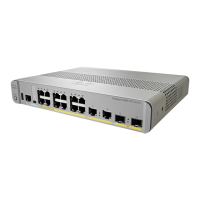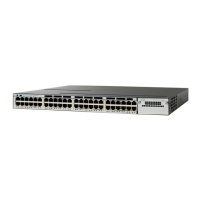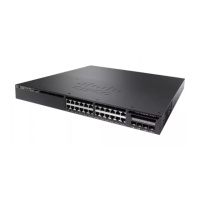Default PIM Routing Configuration 140
How to Configure PIM 141
Enabling PIM Stub Routing (CLI) 141
Configuring a Rendezvous Point 143
Manually Assigning an RP to Multicast Groups (CLI) 144
Setting Up Auto-RP in a New Internetwork (CLI) 146
Adding Auto-RP to an Existing Sparse-Mode Cloud (CLI) 149
Preventing Join Messages to False RPs (CLI) 152
Filtering Incoming RP Announcement Messages (CLI) 152
Configuring PIMv2 BSR 154
Defining the PIM Domain Border (CLI) 155
Defining the IP Multicast Boundary (CLI) 156
Configuring Candidate BSRs (CLI) 159
Configuring the Candidate RPs (CLI) 160
Configuring Sparse Mode with Auto-RP(CLI) 162
Delaying the Use of PIM Shortest-Path Tree (CLI) 167
Modifying the PIM Router-Query Message Interval (CLI) 169
Verifying PIM Operations 171
Verifying IP Multicast Operation in a PIM-SM or a PIM-SSM Network 171
Verifying IP Multicast on the First Hop Router 172
Verifying IP Multicast on Routers Along the SPT 173
Verifying IP Multicast Operation on the Last Hop Router 174
Using PIM-Enabled Routers to Test IP Multicast Reachability 177
Configuring Routers to Respond to Multicast Pings 177
Pinging Routers Configured to Respond to Multicast Pings 179
Monitoring and Troubleshooting PIM 179
Monitoring PIM Information 179
Monitoring the RP Mapping and BSR Information 180
Troubleshooting PIMv1 and PIMv2 Interoperability Problems 181
Configuration Examples for PIM 181
Example: Enabling PIM Stub Routing 181
Example: Verifying PIM Stub Routing 182
Example: Manually Assigning an RP to Multicast Groups 182
Example: Configuring Auto-RP 182
Example: Sparse Mode with Auto-RP 183
IP Multicast Routing Configuration Guide, Cisco IOS XE Release 3.6E (Catalyst 3850 Switches)
OL-32598-01 ix
Contents
